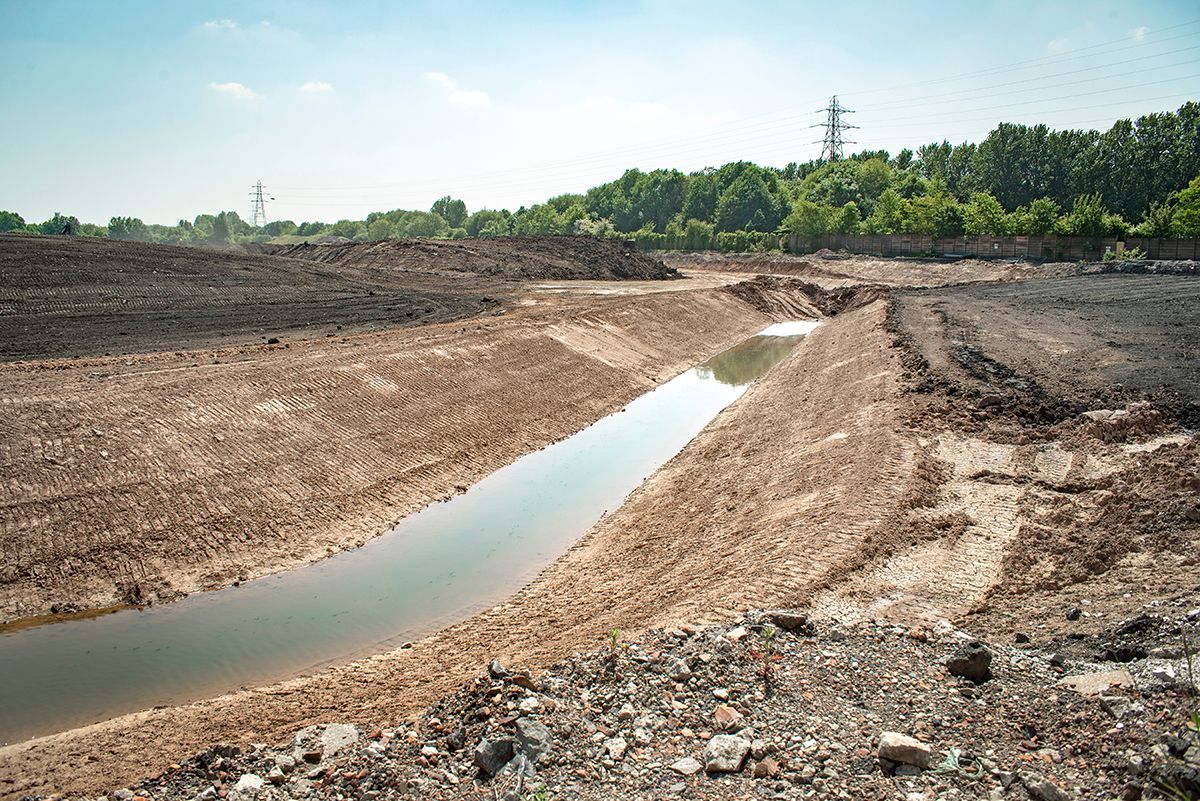700 English schools reported over asbestos safety concerns
Nearly 700 schools have been referred to the national health and safety body over concerns they are failing to safely manage asbestos in their buildings, potentially putting thousands of staff and pupils at risk, it has been revealed.
It is thought that about 90% of school buildings in England contain asbestos, often around pipes and boilers, and in wall and ceiling tiles. The Health and Safety Executive (HSE) advises that it is only a risk if it is disturbed or damaged, which releases fibres into the air.
However, campaigners and unions say asbestos in schools is often poorly managed and that staff are frequently unaware of its location in the buildings they work in. Even low levels of exposure to asbestos fibres can cause cancer decades later. Research has shown that exposure to asbestos is more dangerous the younger a person is, raising concerns over the future health of children.
Last year, the government launched the asbestos management assurance process to find out more about asbestos in schools. According to information released following a freedom of information request, of the 2,952 schools bodies that responded in full to the survey, 2,570 (87%) reported having asbestos in at least one of their buildings.
The Department for Education (DfE) has now referred 676 state-funded schools and academies in England to the HSE as they did not provide evidence “that they were managing asbestos in line with regulatory requirements”. The HSE will now carry out inspections of some of those schools.
Kevin Courtney, the joint general secretary of the National Education Union (NEU), which is part of the joint union asbestos committee, said: “The fact that nearly 700 schools have been referred to HSE because they weren’t able to satisfy the DfE that they were managing their asbestos in line with legal requirements, is a shocking indictment of current systems of oversight.
“The lives of thousands of staff and pupils could be at risk in these schools. The HSE, which lacks resources following years of budget cuts, will now be expected to investigate these cases and we are concerned that it may struggle to do so.”
The HSE estimates that about 5,000 people die every year in the UK from asbestos-caused cancers, which can develop decades after exposure.
According to figures from the ONS, since 2001 at least 305 teaching and education professionals have died of mesothelioma, a cancer almost exclusively caused by asbestos. A 2018 study suggested that there were five times more deaths from mesothelioma among teachers and three times more among nurses than expected in populations not exposed to the substance.
In 2017, an NEU survey of members found that of the 46% of respondents who had been told that their school contained asbestos, half had not been told where the asbestos was located. Nearly 75% of those who had been told where it was located said the asbestos was in accessible locations, such as floors, ceilings, and window frames.
Materials containing asbestos become more dangerous as they deteriorate or get damaged, and 60% of the school estate is more than 40 years old, according to the NEU.
Lucie Stephens started campaigning about asbestos in schools after her mother, Sue, died of mesothelioma in 2016. Sue had worked as a primary school teacher for 30 years and was diagnosed with the cancer in 2014.
An inquest found she had died from an industrial disease and that on the balance of probability she was exposed during her time as a teacher in schools in Buckinghamshire.
“What really bothered Mum was that because she didn’t know there was asbestos there, she wasn’t able to protect herself, but she also wasn’t able to protect the children she was teaching,” said Stephens. “So she unwittingly exposed her children to asbestos as well and they will be in their 40s now.”
Stephens and the joint union asbestos committee are calling on the government to implement the phased removal of all asbestos from schools, something that was recommended by the all-party parliamentary group on occupational health in 2012.
Stephens is also campaigning for the government to release the names of all schools with asbestos in and is raising funds to build a website to make the information accessible. The DfE has so far refused to release the names on the grounds it would deter schools from sharing information with it in the future.
In April, Latimer AP academy in north London was forced to close when asbestos was discovered inside door frames in its Victorian building. Last month, the HSE confirmed it had found traces of asbestos at Brunel primary and nursery academy in Saltash, Cornwall, following an investigation.
Charles Pickles, an independent asbestos campaigner who until recently worked as an asbestos consultant, said: “In the 60s and 70s we all knew that smoking was dangerous, then suddenly we became aware that passive smoking could cause cancer as well. It’s the same with asbestos.
“If you were a builder or working in an asbestos factory in the 60s, 70s or 80s you could have had huge exposure and your fate may be sealed, but most of the asbestos that was manufactured then is still in our public buildings now. There is no safe level for exposure to asbestos. It’s still there and it will be getting disturbed.”
A DfE spokesperson said: “The safety of pupils and staff is our highest priority which is why we have asked schools to provide information through the asbestos management assurance process. This data will help the department develop a greater understanding of the management of asbestos in schools. We plan to publish a report of the findings shortly.”
A HSE spokesperson said: “The HSE have worked with the DfE to use the asbestos management assurance process returns to provide targeted intelligence for a planned programme of proactive visits to schools.”
Original Source of Article: The Guardian
The post 700 English schools reported over asbestos safety concerns appeared first on Cordtape.
Share on social media

Talk to us about asbestos and energy management services
Website by Infoserve | Cookies & Privacy Policy



